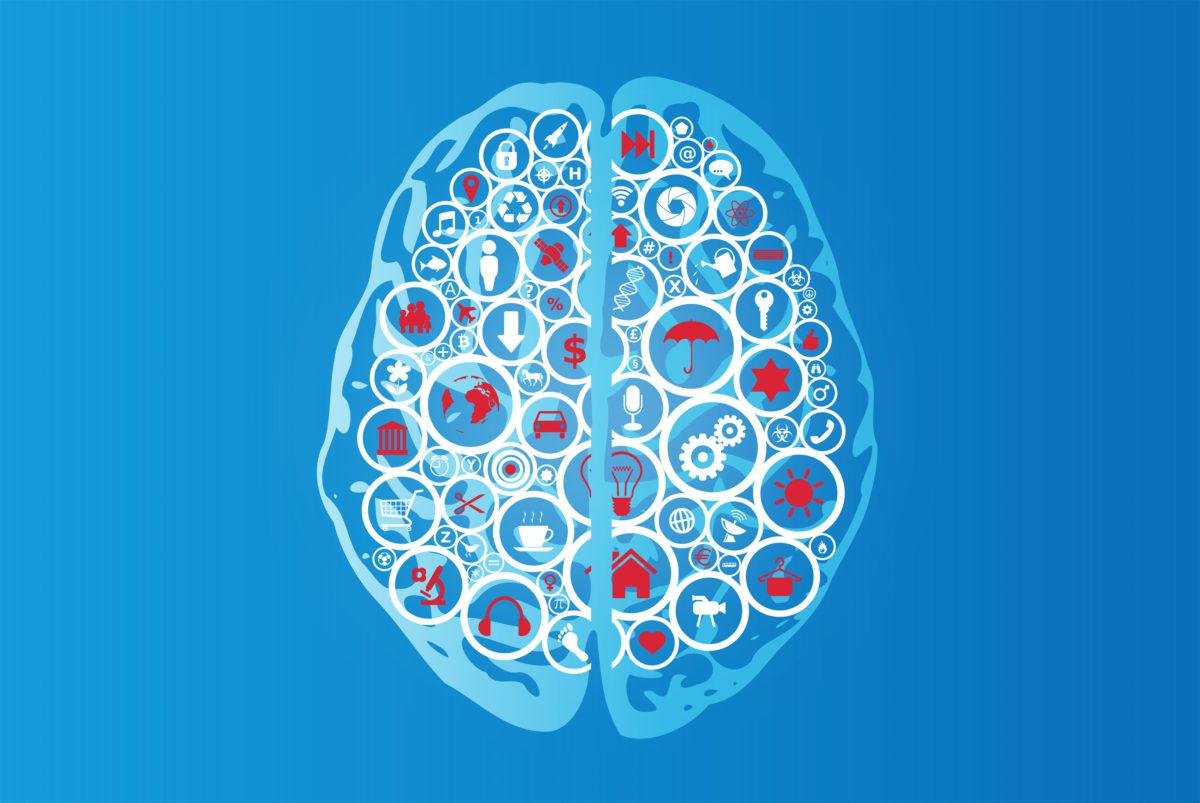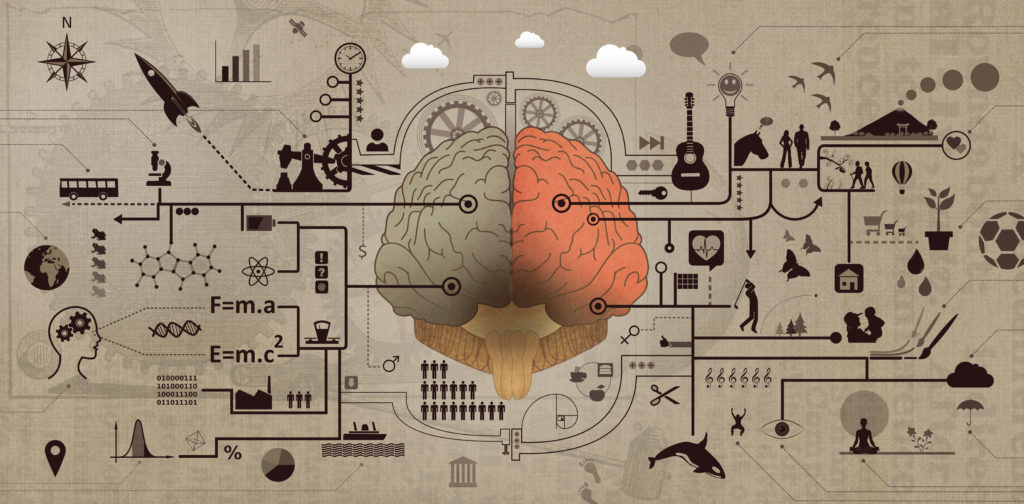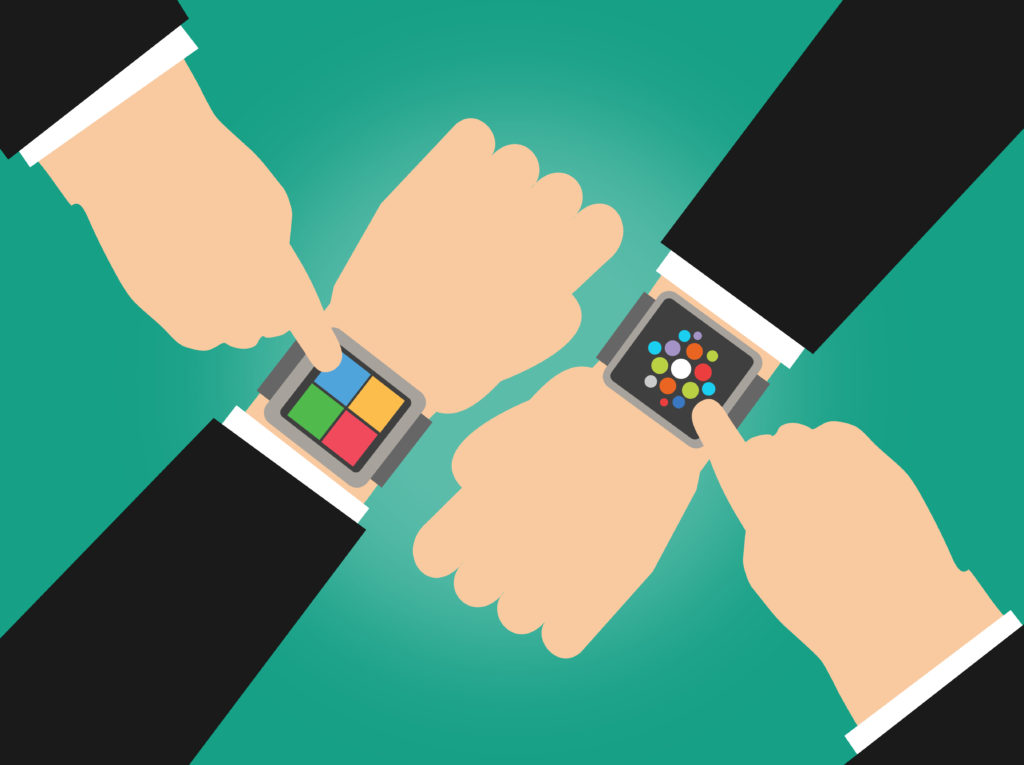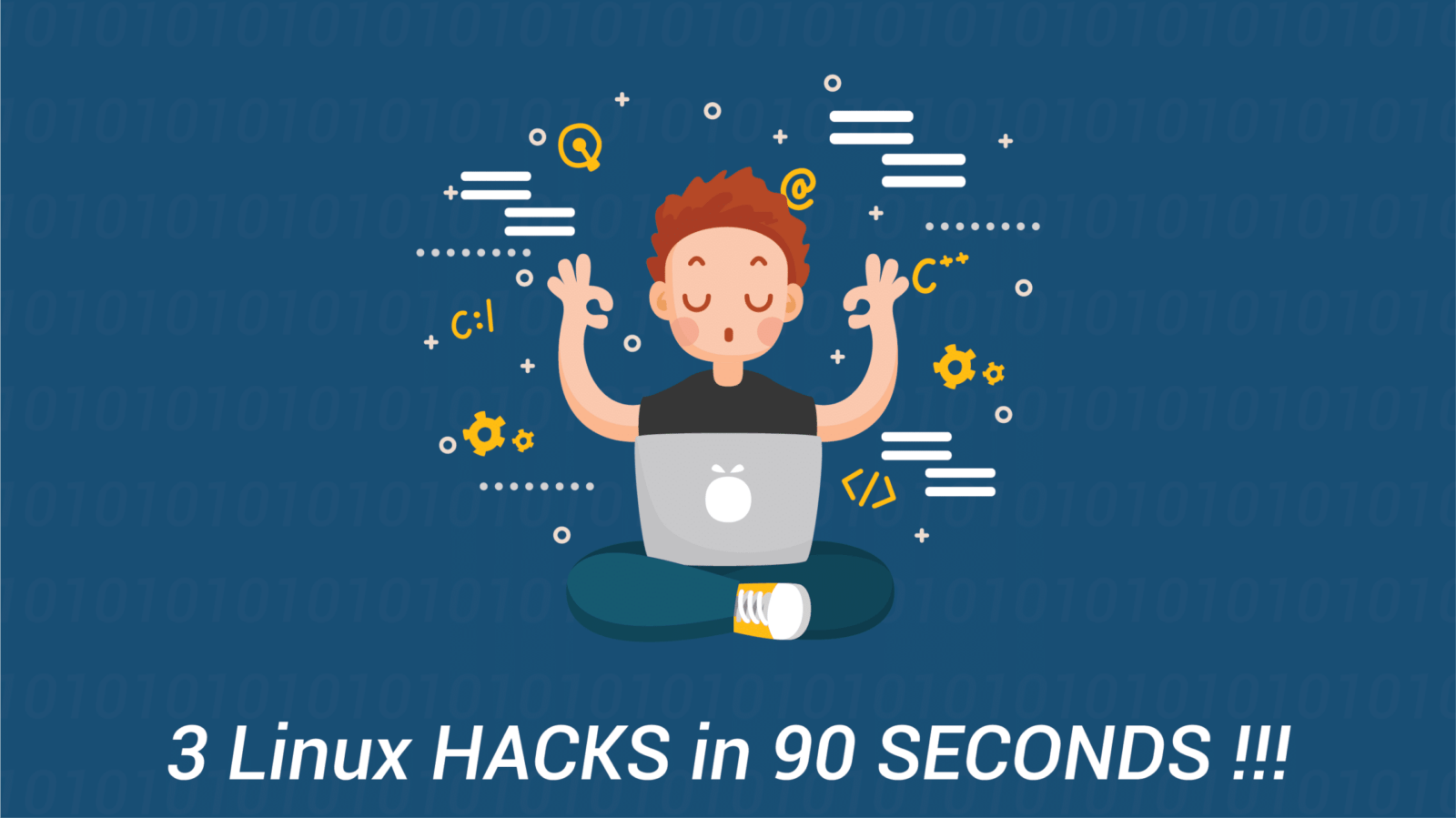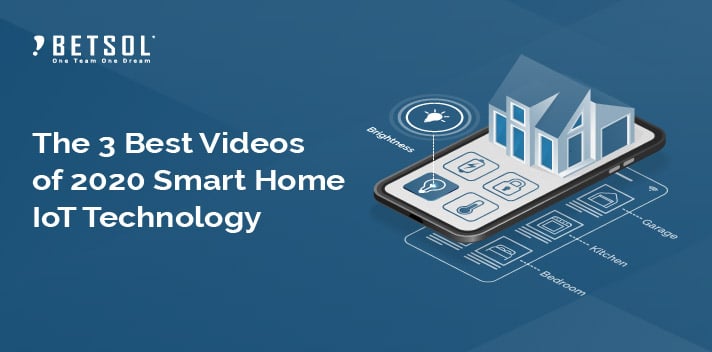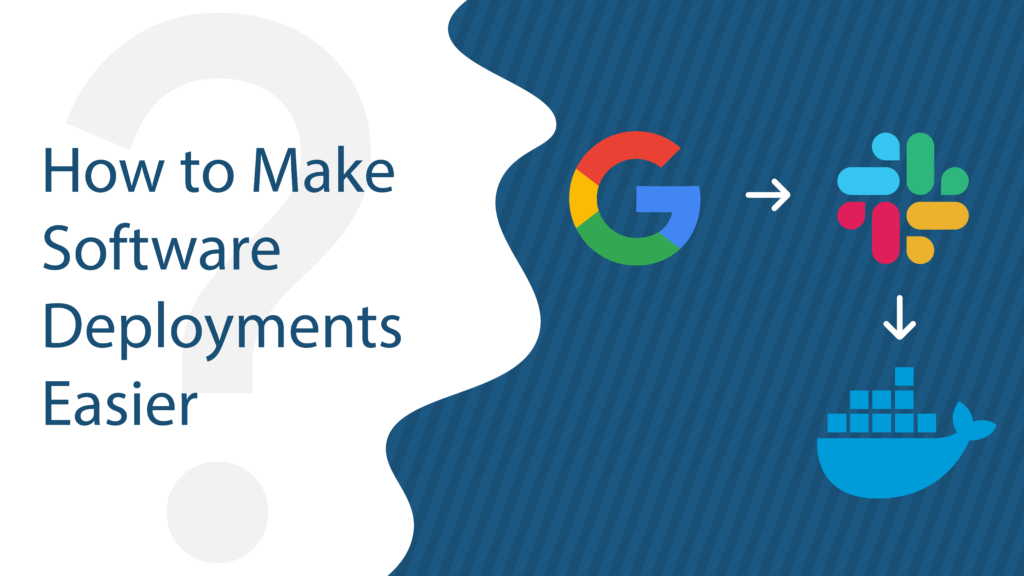There are very exciting business trends coming in IoT for Healthcare in 2016. This post dives into the financial projections, the 3 main drivers for IoT adoption in Healthcare, and some exciting ideas that are right around the corner.
I think I speak for most of us when I say I’m hungry for improvements in the efficiency, cost, and results from healthcare. Is IoT here to save the day?
Hot on IoT in 2016
If there’s one thing I’m insanely bullish on in 2016, it’s IoT! Everything is being connected, and it’s taking literally every industry by storm. There have been numerous industrial revolutions in the past, and we are currently smack-dab in the middle of one.
We are truly in a “hop on” or “get the heck out of the way” moment.
In case you want to see what I’m talking about, check out our other recent posts:
- The Top 3 Home IoT Opportunities in 2016
- The Top 3 IoT Devices in Aviation Right Now
- The IoT Remote Connectivity Feature Hot List
- Stop Using a VPN to Connect to Your Products
- How to Make Remote Connectivity Scalable from Day 1
Healthcare IoT Business Revolution
While there are many exciting IoT applications going on in industry, manufacturing (which is probably the most mature), automobiles, and home, the two sectors that excite me most are aviation and health care.
Here are some business reasons to be excited about health care and IoT:
“The global Internet of Things (IoT) healthcare market is estimated to grow from USD 32.4 Billion in 2015 to USD 163.2 Billion by 2020.” –Markets and Markets
That’s 403% growth in 5 years! This is the market to be in.
Here is another view from a highly in-depth study:
“The IoT Healthcare market is expected to have a CAGR (compound annual growth rate) of 43.01% during the period 2016-2022, mainly driven by growing investments in healthcare market by governments and various other stakeholders.” –Healthcare IoT market to grow at a CAGR of 43% to 2022 says a global report available at ReportsWeb.com. (2016, Feb 18). M2 Presswire
What Are the IoT Applications for Healthcare?
With IoT exploding in healthcare, it’s good to know where it will be used and where the biggest impacts will be.
Here’s a list of the top IoT areas for healthcare as compiled by Markets and Markets:
- Medical devices, including wearables (think Apple Watches and FitBits), implanted medical devices, and stationary devices.
- Data center and remote device management, inlcuding network bandwidth management, data analytics, application security, and network security.
- Connectivity technologies and protocols tailored for healthcare’s unique security and privacy concerns, including: Wi-Fi, BLE, NFC, ZigBee, Cellular, Satellite.
- Simplified support and services for System integration, professional service, and support & maintenance.
- Application management, including such items as: Telemedicine, Clinical Operations and Workflow Management, Connected Imaging, Inpatient Monitoring, Medication Management.
- End-user management at Hospitals, Surgical Centers, Clinics, Clinical Research Organizations, Government & Defense Institutions, and Research & Diagnostic Laboratories.
Forbes sums it up as follows, which focuses on just the “health” aspects of healthcare, but misses the behind-the-scenes infrastructure opportunities:
“IoT infrastructure development within healthcare will include home monitoring and remote care, and patient engagement.” –Forbes
What are the Drivers for Healthcare IoT
Overall, there are three main factors driving the adoption of IoT in healthcare:
1. Individual demand
People are attracted to IoT in healthcare for a variety of reasons.
Some highlights include reducing their own health costs, being able to track their health more directly, enjoying new technology, and communicating with health professionals in more convenient manners.
Japan is a great case study in this demand.
Largely regarded as a healthy society with exceptional longevity, the Japanese market is demanding health IoT devices to compliment diet and exercise practices and help ensure continued strong health. The value of IoT in an overall individual health plan is a big driver.
“The factors that seem to contribute to the growth of this field are listed below:
1) Japan is becoming a super-aging society, and interest in health and preventive care is increasing further.
2) A special medical checkup based on a special health guideline system that was introduced in 2008 has now become a mandatory service. As a result, awareness of metabolic syndrome and lifestyle-related disease prevention, as well as self-health management is increasing among people.
3) Active use of information-communication technology (ICT) has made it possible to commercialize mobile healthcare services (MHS) in a short period, even without a large initial investment. MHS using flat rate packages of a mobile phone are recently attracting attention in Japan, although not yet broadly pervasive.
The last factor is very important, because it is expected that advancements in ICT will open up potentials for telemedicine, home medical care, and new medical solutions. This leads exactly to the Internet of Things (IoT) for health.”
-Ishino, Y. (n.d.). Internet of Things for Health: Japanese Consumers’ Needs for Preventive Healthcare Products. In Knowledge Management in Organizations (Vol. 224, pp. 632-645). Springer International Publishing. Retrieved August 18, 2016, from Springer Link.
2. Pressure to control healthcare costs
Money is everything, and that’s no exception here. With ongoing changes in healthcare, there is financial pressure across the board: insurance companies, health providers, and consumers.
“North America is the most matured market sowing to its extensive health infrastructure and the ever increasing pressure to control the healthcare costs.” –Healthcare IoT market to grow at a CAGR of 43% to 2022 says a global report available at ReportsWeb.com. (2016, Feb 18). M2 Presswire
Politics aside, I can personally relate to this one. My insurance costs seems to climb dramatically year after year, while at the same time, my benefits and provider choices dwindle. And I’m not alone…
- Problems Deepen as Insurers Scramble to Stem Losses (FoxNews)
- Cost, Not Choice, is the Top Concern of Health Insurance Customers (New York Times)
Modernizing the technology and quickly sharing data from many sources stands to address costs in healthcare, much in the same way it has done for more mature IoT industries. This is true whether it’s in the way patients receive care, the accuracy of that care, or better infrastructure management
“IoT Technology has been efficiently adopted in different fields of the healthcare domain. … The results obtained after implementation depicts that IoT-equipped ICUs are more efficient in monitoring sensitive events as compared to manual monitoring and traditional Tele-ICU monitoring. Moreover, the adopted methodology for alert generation with information presentation further enhances the utility of the system.” -ICU – Bhatia, M., & Sood, S. K. (2016). Temporal informative analysis in smart-ICU monitoring: M-HealthCare perspective. Journal of Medical Systems, 40(8), 1-15.
3. Better health outcomes!
And what do people really want from healthcare? To receive great care quickly, efficiently, and effectively. This means troubles are proactively identified, quickly and accurately diagnosed, resolved, and effectively monitored.
Sound like we’re handling human data center support?
In exactly the same way connectivity has allowed companies to deliver massively better infrastructure support, the same principles are now coming to the human level. Let’s get that critical system uptime soaring in humans!
“Remote health monitoring for adult and critical patients, and health data sharing during medical emergency are important applications of m-health and telemedicine, which were difficult earlier due to under developed technology.”
“Moreover, ICUs are vulnerable to adverse events than that of other healthcare facilities [12, 13]. According to a survey in [14], 87 % patients in ICU were registered with medical errors out of which 15.3 % resulted in adverse health conditions. ICU environment including noise, and room temperature also have an important role in delivering effective curative services [15, 16].” -ICU – Bhatia, M., & Sood, S. K. (2016). Temporal informative analysis in smart-ICU monitoring: M-HealthCare perspective. Journal of Medical Systems, 40(8), 1-15.
Practical Reduction in Healthcare Insurance
Tied to all 3 demand factors above, I can speak personally to a project BETSOL is currently involved in. Companies are able to leverage the data collected by its employees’ personal IoT devices (FitBits, Apple Watches, smart phones, etc…) to present aggregate health and activity data to health insurance companies.
This data is used to negotiate reduced group rates and benefit those willing to participate.
This squarely puts ownership back on individuals and companies to promote healthy lifestyles.
Not only should you have a happier, healthier workforce, but also one with reduced costs. IoT really has the power here to proactively drive healthy habits. It’s a true win-win.
Conclusion
It’s not too long ago that health providers in the US transitioned from paper patient files to digital, which was a “late to the game” revolution in its own. Now we’re right in the midst of another significant transition that puts the data and control in the hands of consumers, with the goals of reducing costs and realizing better health outcomes.
What are you most excited for in IoT for healthcare?
